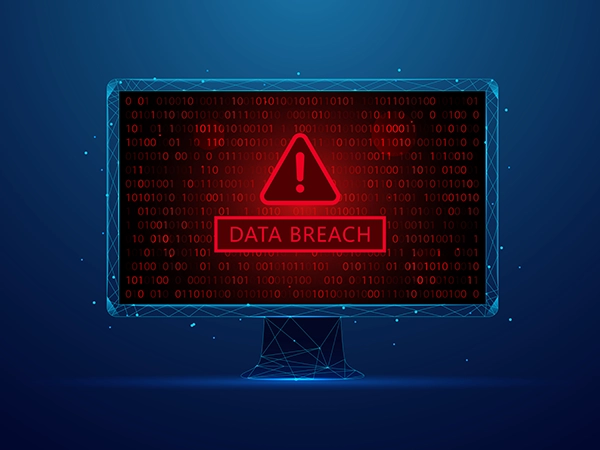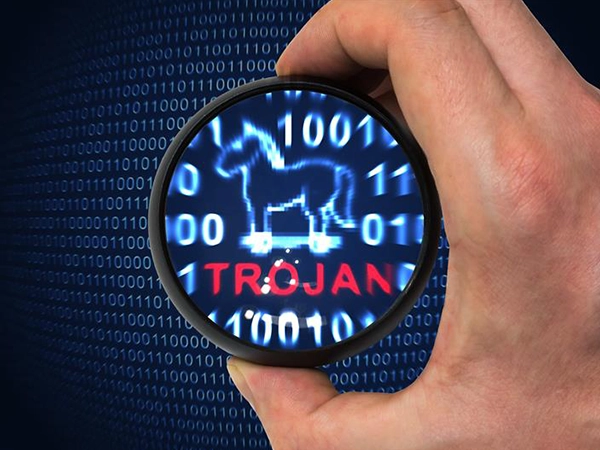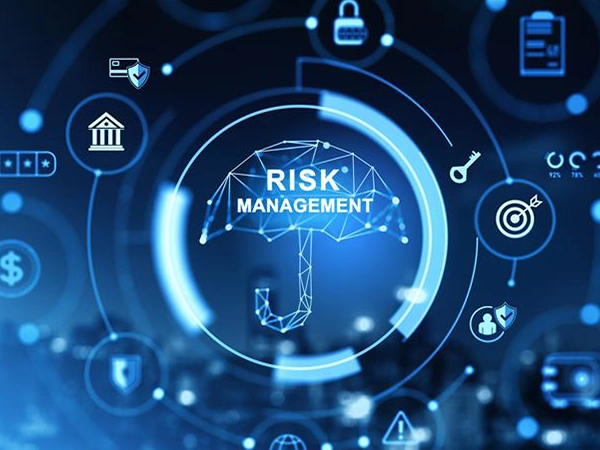Modern GRC programs are under pressure to do more with less — monitor risks in real time, maintain compliance across evolving standards, and stay audit-ready year-round. Manual processes, once manageable, are now bottlenecks in a fast-moving digital environment.
It’s no surprise that automation is on the rise: 95% of organizations already use some level of automation in their GRC programs, and the GRC technology market is projected to grow from $48.7 billion in 2023 to $179.5 billion by 2032 (15% CAGR). Much of this adoption is driven by the reality that organizations spend up to 30% of compliance costs on manual evidence collection, and 66% of teams burn three or more months annually on audit prep — time and cost pressures that automation directly alleviates.
But while automation offers undeniable efficiencies, the decision to automate isn’t always straightforward. The key is knowing what to automate, when to automate, and — most importantly — what not to automate.
The Natural Strength of Humans and Other Traditional Aspects
Despite the benefits of automation, certain elements of GRC remain firmly in the human domain. Contextual decision-making — such as risk acceptance, evaluating control exceptions, or conducting business impact analyses — involves nuance that no algorithm can replicate. ISO 27001, for example, requires management reviews and risk acceptance decisions — activities that remain non-automatable by design.
Ad-hoc initiatives, like strategic risk workshops or responses to emerging threats, are also better suited to people. These are exploratory and creative in nature, requiring adaptability rather than rigid automated workflows.
Cultural engagement is another area where human leadership is irreplaceable. Automation can track training completions, but it cannot build a security-first culture or inspire ethical discussions around accountability and behavior.
Vendor risk evaluation is similar: automation can flag a supplier’s cyber incident or credit downgrade, but assessing geopolitical risks, reputational issues, or complex legal exposures requires human intuition. Even under India’s DPDP Act (2023) — which mandates continuous vendor accountability — automation can provide the monitoring backbone, but humans must interpret and act on the findings.
Finally, in incident response leadership, while automation may isolate a compromised system or trigger an alert, it is humans who coordinate cross-functional teams and make strategic, time-sensitive decisions under pressure.
Where Automation Amplifies Traditional Strengths
Automation thrives in repetitive, rule-based, and data-heavy activities:
- Audit readiness: Modern platforms can automate up to 90% of audit prep — including evidence collection, timestamping, and log aggregation — cutting cycles from weeks to days. A 2024 benchmark found 97% of organizations using compliance automation reduced time spent on monthly compliance tasks, with 76% cutting that time by at least half.
- Continuous control monitoring: Tools now integrate with SIEMs, scanners, and cloud APIs to pull evidence in real time. This not only eliminates error-prone manual reconciliation but also provides live dashboards of control health. PwC (2025) noted that automation investments deliver 64% better risk visibility and 53% faster issue response, proving its value beyond compliance.
- Multi-framework compliance mapping: With 70% of organizations now subject to at least six frameworks (ISO 27001, SOC 2, HIPAA, GDPR, DPDP, etc.), automation is indispensable. Smart GRC platforms auto-map overlapping controls, enabling a “test once, comply many” approach. For instance, 92% of organizations now undergo at least two audits a year, with 58% doing four or more, making automated cross-mapping a necessity.
- Third-party risk monitoring: By integrating APIs and threat-intel feeds, automation continuously tracks vendor exposures. This aligns directly with DPDP’s vendor accountability requirement, ensuring breaches or financial instability don’t slip through in static, annual reviews.
- ISO 27001 & SOC 2 certification support: Case studies show that automation shortens certification timelines by months, as companies can continuously collect logs and system evidence required by Annex A or SOC 2 Trust Criteria. Organizations that adopted compliance automation reported 89% faster time-to-compliance compared to manual approaches.
The Caveat: Automation Drift
Automation isn’t “set and forget.” It requires periodic tuning and validation to stay aligned with business objectives and evolving regulations. Otherwise, outputs can become misleading — a phenomenon known as automation drift. Research in 2025 showed that companies relying on “policy-as-code” without validation often discovered gaps only during audits, forcing manual clean-up.
The lesson: automation itself must be governed and reviewed. Without human oversight, it risks creating blind spots that erode confidence instead of strengthening it.
Bottom Line
As GRC functions evolve to meet growing operational, regulatory, and cybersecurity demands, automation becomes a powerful enabler — but not a silver bullet. It can cut compliance labor in half, save millions in breach costs (IBM found $1.9 million saved per breach with automation), and improve risk visibility by 64%, but it cannot replace judgment, cultural leadership, or context-driven decisions.
Think of automation as the accelerator, and human oversight as the steering wheel — both are needed to drive safely and confidently.
The future of GRC is hybrid. The organizations that thrive will be those that automate the repeatable while preserving human strengths of intuition, analysis, and strategic decision-making. At the same time, leaders must ensure automation is continuously validated, tuned, and aligned — so that security becomes not a brake, but the confidence-building mechanism that allows the enterprise to grow at full speed.











